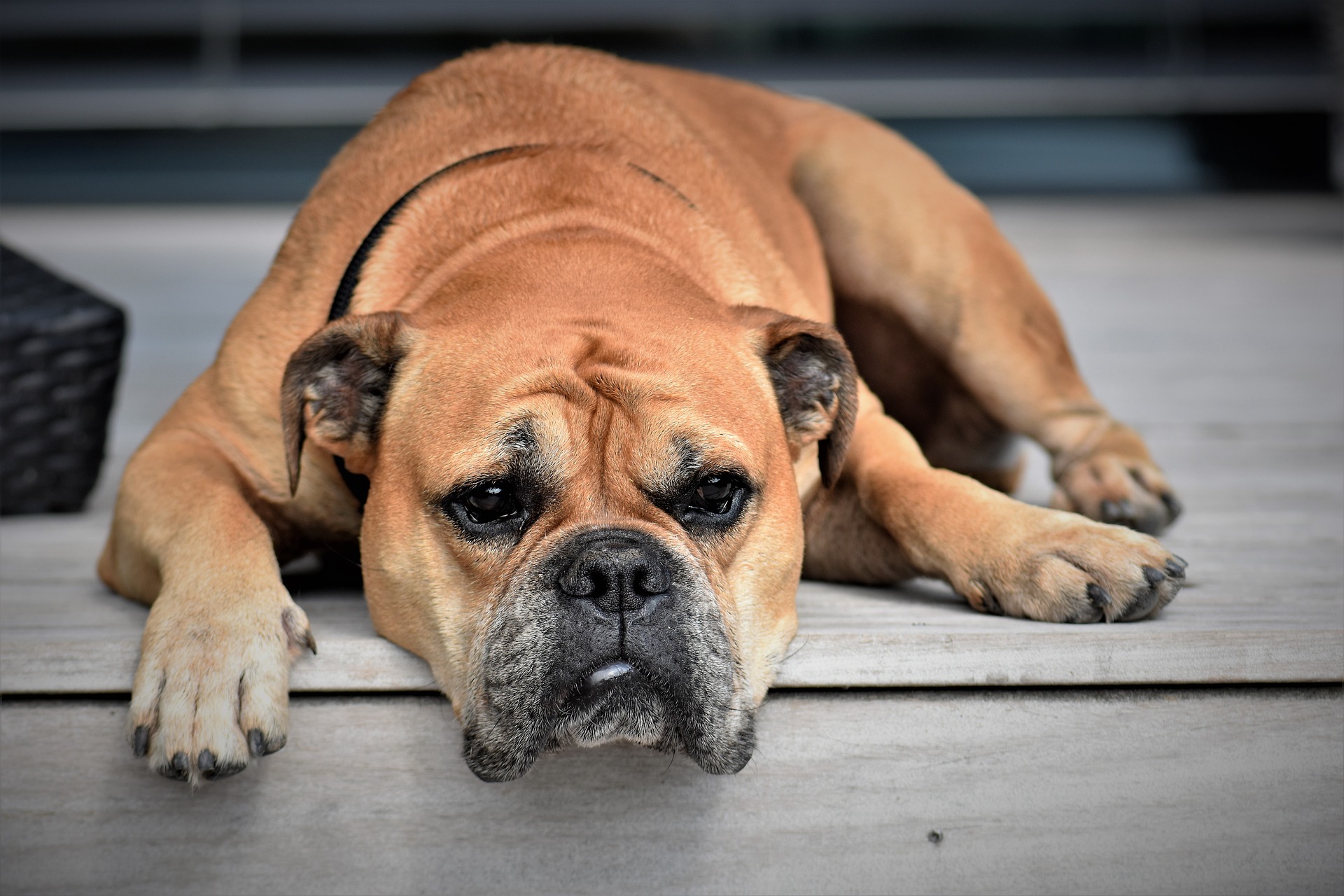Home Remedies for Dog Scooting
The pet owners who, want our furry friends to be happy and healthy. However, there are times when our pets suffer from various health issues, and one of the most common is dog scooting. While it may seem harmless, it could indicate an underlying health problem. This article will discuss the causes of dog scooting and provide some effective home remedies to alleviate this issue.
Causes of Dog Scooting
Dog scooting is a behavior where a dog drags its rear end across the ground. While it may be embarrassing to witness, it is actually a natural behavior for dogs to relieve itchiness or discomfort in the anal area. However, if your dog is scooting excessively or vigorously, it could be a sign of an underlying health issue such as:

- Anal Gland Issues – Dogs have two small anal glands located on either side of the anus. These glands produce a smelly liquid that helps dogs mark their territory and communicate with other dogs. If these glands become blocked or infected, they can cause discomfort and pain for your dog, resulting in scooting behavior.
- Allergies – as like humans, Dogs can also suffer from allergies that can cause skin irritation and itchiness. If your dog is scooting excessively and you notice redness or irritation in the anal area, it could be due to an allergic reaction.
- Parasites – Parasites such as worms and fleas can cause discomfort and itchiness in dogs, resulting in scooting behavior.
- Injuries – If your dog has sustained an injury to the tailbone or anal area, it could result in scooting behavior.
Home Remedies for Dog Scooting
- Keep the Anal Area Clean – One of the simplest ways to alleviate scooting behavior is to keep your dog’s anal area clean. You can do this by wiping your dog’s bottom with a damp cloth or baby wipe after they go to the bathroom. This will help to remove any excess feces or debris that may be causing discomfort.
- Increase Fiber Intake – Adding more fiber to your dog’s diet can help to alleviate constipation and improve bowel movements. This can reduce the need for excessive scooting behavior. You can add canned pumpkin or sweet potato to your dog’s food.
- Apply a Warm Compress – If your dog’s scooting behavior is due to anal gland issues, applying a warm compress to the area can help to alleviate discomfort and promote healing. You can do this by soaking a clean cloth in warm water and holding it against your dog’s anal area for a few minutes.
- Use Natural Remedies – Several natural remedies can help alleviate itchiness and discomfort in dogs. These include coconut oil, aloe vera, and chamomile tea. You can apply these remedies topically or add them to your dog’s food.
When to See a Veterinarian
While home remedies can effectively alleviate scooting behavior, knowing when to see a veterinarian is important. If your dog is scooting excessively, has a fever, or is showing signs of pain or discomfort, it could be a sign of a more serious health issue. A veterinarian can examine your dog and provide a proper diagnosis and treatment plan.
In conclusion, dog scooting may seem harmless, but it could be a sign of an underlying health issue. By keeping your dog’s anal area clean, increasing fiber intake, using warm compresses, and using natural remedies, you can help alleviate scooting behavior. However, if the behavior persists or your dog shows signs of pain or discomfort, it is important to seek veterinary care.















